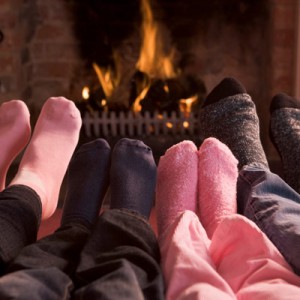Saving money on energy costs and utility
bills is a high priority for homeowners.
Furnaces can suck up electricity and gas, especially if they’re heating more space than needed. In an attempt to lower energy bills, it’s often tempting to close air vents that you aren’t using. But does it really work, or is this energy-saving trick just a myth? Can you save money by closing heating vents?
Why closing vents seems logical
Closing vents to a bedroom or bathroom that you’re not using seems like a sensible way to increase energy efficiency. With the door and vents shut, no heat should pump into the room, freeing your heating, ventilation and air conditioning system (HVAC) to heat the rest of your house. At first glance, there’s nothing fundamentally wrong with this idea: The forced air has to go somewhere, so why not redirect it rather than using it to heat rooms you don’t use as much? But a 2003 study by the Lawrence Berkley National Laboratory, cited by the Consumer Energy Center, found that “register closing led to increased energy use.”
Why closing vents actually wastes energy
Because the rooms in your home have cold-air returns as well as heating vents, shutting the vents doesn’t prevent air movement. Just like closing doors to prevent air flow, it interferes with your home’s energy efficiency. It creates pressure in the closed-off room, which causes the return duct to pull in cold air from any cracks in windows or doors. In addition, the warm air still trying to push up through closed vents will start to leak out any ducts that aren’t sealed properly, or it will be forced back down into your basement or into floor cavities. So you’ll still be paying energy costs for heat, just in places you can’t use.
It’s also possible to damage your furnace by closing too many air vents. Newer, high-efficiency models are designed to operate with your specific square footage in mind and with fans running at full speed. Closing off vents creates unexpected blockages, which forces the furnace to work harder when distributing heated air. It’s also possible that limited air flow, especially in winter, may cause freezing in your ducts, meaning more work for your heating and air conditioning system. So this not only lowers the energy efficiency of your heater, but shortens its life.
Energy efficient alternatives to save money
If you still want to seal up a room that doesn’t need much heating, your best bet is to contact a professional HVAC installer. Closing off ducts and adjusting your furnace are tasks best left to trained experts. Also, alterations you make to your heating and air conditioning systems won’t be covered under any warranty and could permanently damage your furnace.
You can improve the efficiency of your heating system in several ways, starting with a furnace upgrade. Older models operate in the 55 percent to 70 percent range of energy efficiency, whereas newer models push 95 percent or even 98 percent. Though there’s significant cost to install a new furnace, a more efficient unit can reduce money spent on energy bills.
In addition, you should have your furnace cleaned every few years and ensure all the ducts are tight and properly sealed. To make the most of the warm air in your home, consider partially closing upstairs vents and fully opening those downstairs. Because heat rises, the top floor often steals most of the heat. Partially closing vents can help keep other areas warmer without damaging or stressing your HVAC system.
Living Smart
Daily Herald

